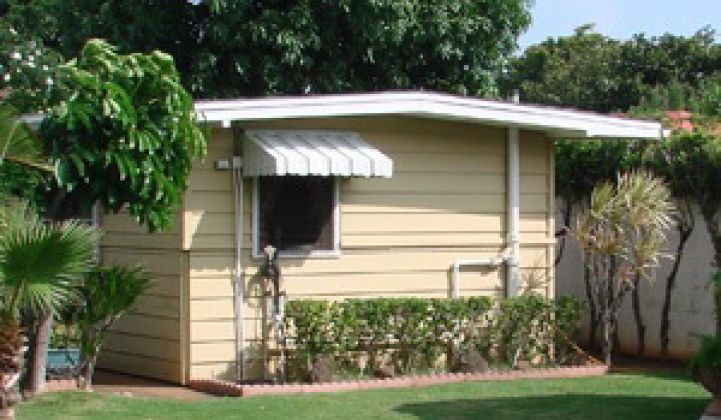The Smart Grid Consumer Collaborative decided to stop guessing at the answer to that question, and go ask U.S. low-income customers themselves. This week, the nonprofit group published the results of that survey -- and some of the answers may surprise the smart grid industry.
For example, low-income households -- those earning less than $30,000 for a family of three to four, or $40,000 for a family of five to eight people -- aren’t nearly as opposed to time-of-use and peak pricing plans as many may have guessed, Patty Durand, executive director of the SGCC, said in a Thursday interview.
Indeed, about 35 percent said they “probably” would sign up for a time-of-use pricing plan, and 12 percent said they “definitely” would, adding up to nearly half of all respondents. That’s actually a little bit higher than the 44 percent support found in surveys of the general population for programs that price power higher during “peak” times, usually late afternoons, in exchange for lower prices during low-demand nighttime hours, Durand said.
While that still leaves a little more than half of all low-income customers who probably or definitely do not want time-of-use pricing, it’s still a lot higher than most people in the industry might think, she said. TOU pricing is fairly rare today, though some parts of North America, such as Canada’s Ontario province, have rolled it out to all their customers, and other U.S. utilities are following suit.
Low-income customer interest in critical-peak rebates -- programs that pay people to reduce power use during a few critical peak demand times during the year -- is even higher, with 23 percent definitely interested and 34 percent probably interested, Durand said. That’s a little lower than the general population’s interest in CPP, which are implemented in states like California with big afternoon air-conditioning-driven peak problems to tackle.
Of course, that makes sense: people are more interested in getting paid to shave power use than being priced to encourage it. Still, rebate programs are good ways to get customers involved, and have been shown to generate more efficiency overall once they're in place.
What don't low-income customers like? Prepay, or pay-as-you-go, programs that charge them in advance for power. Only 7 percent were definitely interested and 20 percent probably interested in such a program, Durand said. That could be a problem for utilities and smart grid vendors that want to institute prepay regimes, though some utilities, such as Arizona’s Salt River Project, have large and successful programs, she noted. The main problem low-income customers have with prepay? The threat that they’ll have their power cut off.
Finally, low-income customers may be interested in managing their power use to save money, but they need to be reached via the technology they have, not the technology the industry might wish they had. For example, 42 percent of respondents lacked access to the internet, and only 58 percent have a mobile phone of any kind, the survey found.
But everyone has a telephone. About 43 percent of low-income customers were OK with getting automated calls from the utility asking them to change power use to take advantage of peak-time rebates or time-of-use pricing, while only 17 percent wanted to get email alerts, and only 10 percent wanted to go online to learn their pricing plans.
That’s a stark difference from the general population, where only 23 percent of respondents wanted to get robo-calls from the utility, versus 26 percent who preferred to get emails, Durand noted. It’s yet another reminder that utilities, for all the technological potential of their new smart grid systems, need to take their customers’ preferences into account when connecting to them.



